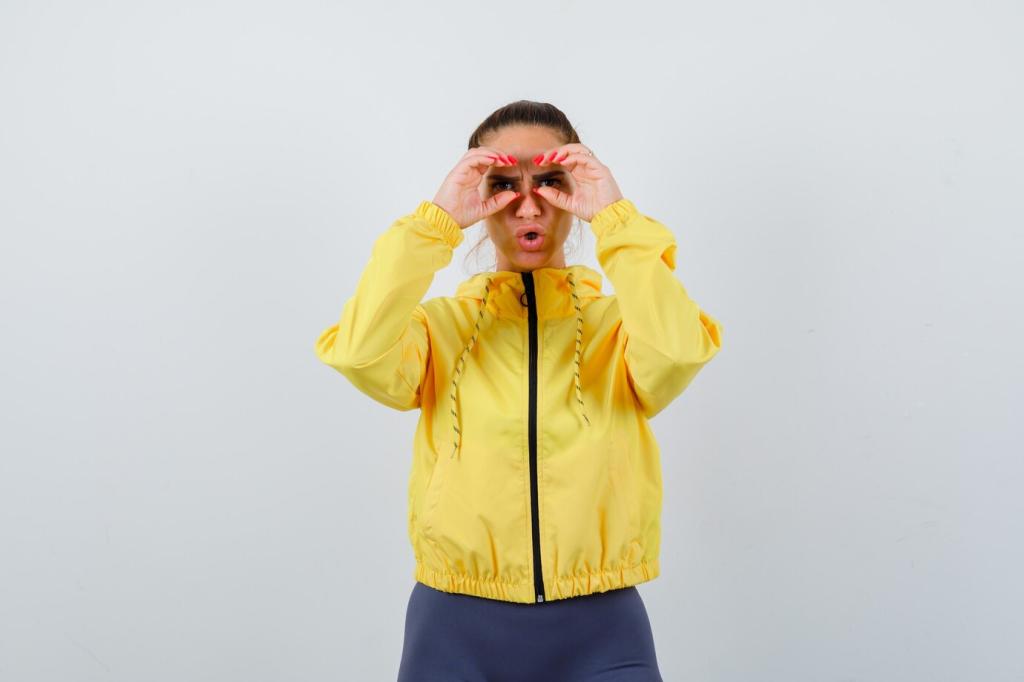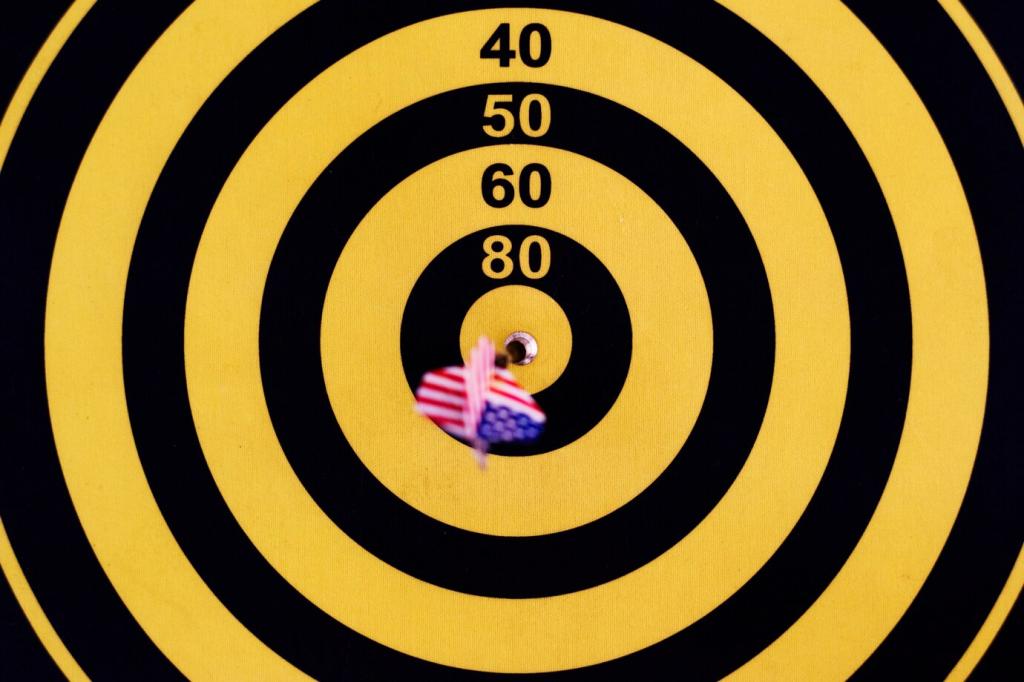Using Meditation to Enhance Flexibility and Agility
Parasympathetic Power and Muscle Tone
Slow, steady attention increases parasympathetic activity, which helps downshift baseline muscle tone and reduce unnecessary guarding. With less tension, tissues accept stretch more readily, and agility drills feel smoother. Notice your exhale length; it often mirrors how quickly your body can relax.
Fascia, Fluidity, and Interoception
Meditation refines interoception—the sense of internal signals—making it easier to notice sticky spots in fascia before they limit motion. Gentle awareness encourages hydration and glide in connective tissues. Over time, this sensitivity translates into fluid transitions, especially during cutting or pivoting tasks.
Breath-Focused Practices for Range of Motion
Box Breathing for Soft Tissue Release
Inhale four, hold four, exhale four, hold four. During the exhale and second hold, invite the targeted muscle to soften. Pair with gentle end-range pulses. This rhythmic focus often reduces stretch reflex guarding, opening new range without forcing or straining sensitive structures.
Extended Exhale and Stretch Reflex
Lengthen your exhale to nearly double your inhale while holding a mild stretch. This signals safety to the nervous system and tempers the protective stretch reflex. The result: more supple hamstrings or hips, gained with patience and repeated calm exposures rather than aggressive pulling.
Nasal Breathing and Trunk Stability
Nasal breathing promotes diaphragmatic mechanics, subtly engaging deep core stabilizers. When the trunk is quietly stable, limbs move freely, allowing greater hip and shoulder excursion. Try eight slow nasal breaths in a lunge stretch, noticing how stability invites deeper, more confident mobility.

Mindfulness Meets Movement: Agility Drills with Presence
Stand on one leg and focus on a single anchor—the breath, a fingertip sensation, or a point on the floor. Let stray thoughts pass. This quiet focus reduces wobble and sharpens proprioception, building a stable base for quicker, more accurate direction changes.
Mindfulness Meets Movement: Agility Drills with Presence
Use a light ladder or floor marks. On cue, switch patterns—high knees, lateral shuffles, in-and-outs—while maintaining a relaxed jaw and soft gaze. Notice how calm attention reduces tripping errors and improves cadence. Share your favorite pattern in the comments and invite a friend to try.
Visualization to Prime Quickness and Control
Sit quietly and visualize planting your foot, aligning knee over toes, and springing into a ninety-degree cut with ease. See hips rotating smoothly and torso stable. Rehearsal sharpens neural templates, making the first physical reps feel familiar and effortlessly fast.
Nina paused her aggressive stretching and added ten quiet breaths at each end range. Within weeks, she felt less guarding and more glide. Her teacher noticed cleaner lines, and Nina reported fewer hip pinches. Tell us: where could stillness replace struggle in your practice?




Mobility Journal and HRV Check-Ins
Log session notes: exhale length, perceived tension, end-range comfort. Add weekly heart rate variability snapshots to gauge recovery and readiness. Watching trends encourages consistency and validates how meditation supports flexibility without overreaching your system.
Agility Benchmarks with Mindful Metrics
Track simple markers—ten-yard shuttle, three-cone drill, single-leg hop—and pair times with calmness ratings. You’ll notice best scores appear when attention is steady, not strained. Post your benchmarks, ask for tips, and cheer others who are exploring mindful speed.
Community and Accountability
Join our comments, share your favorite breath cue, and invite a training partner to try a meditation-plus-mobility challenge. Accountability sparks momentum. Subscribe for monthly prompts, live sessions, and new themed guides that keep your practice fresh and purposefully playful.
